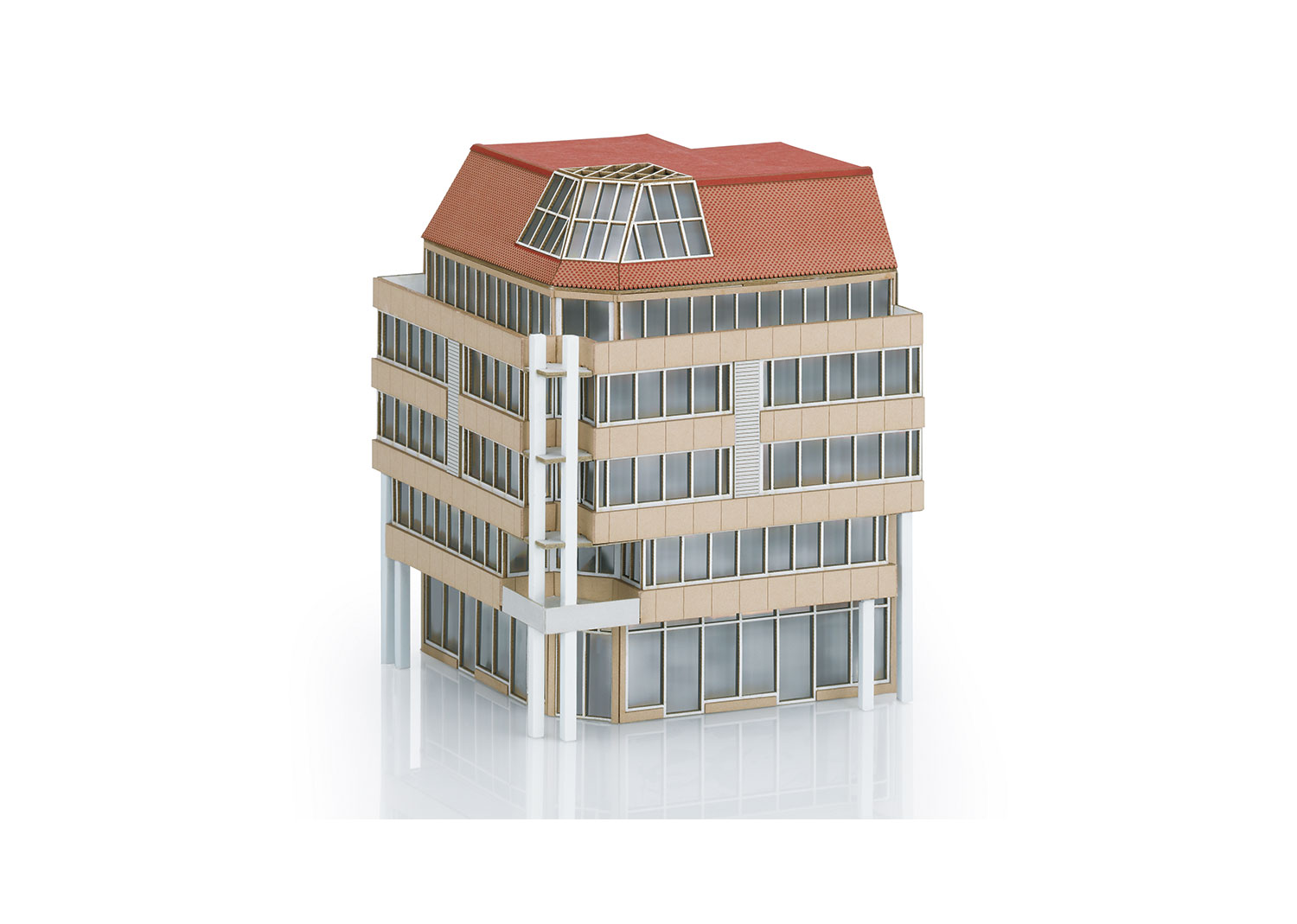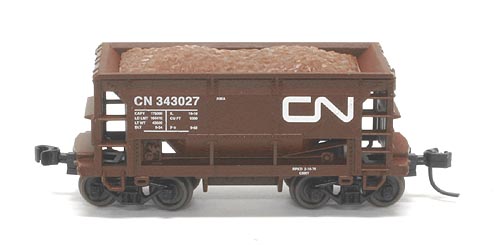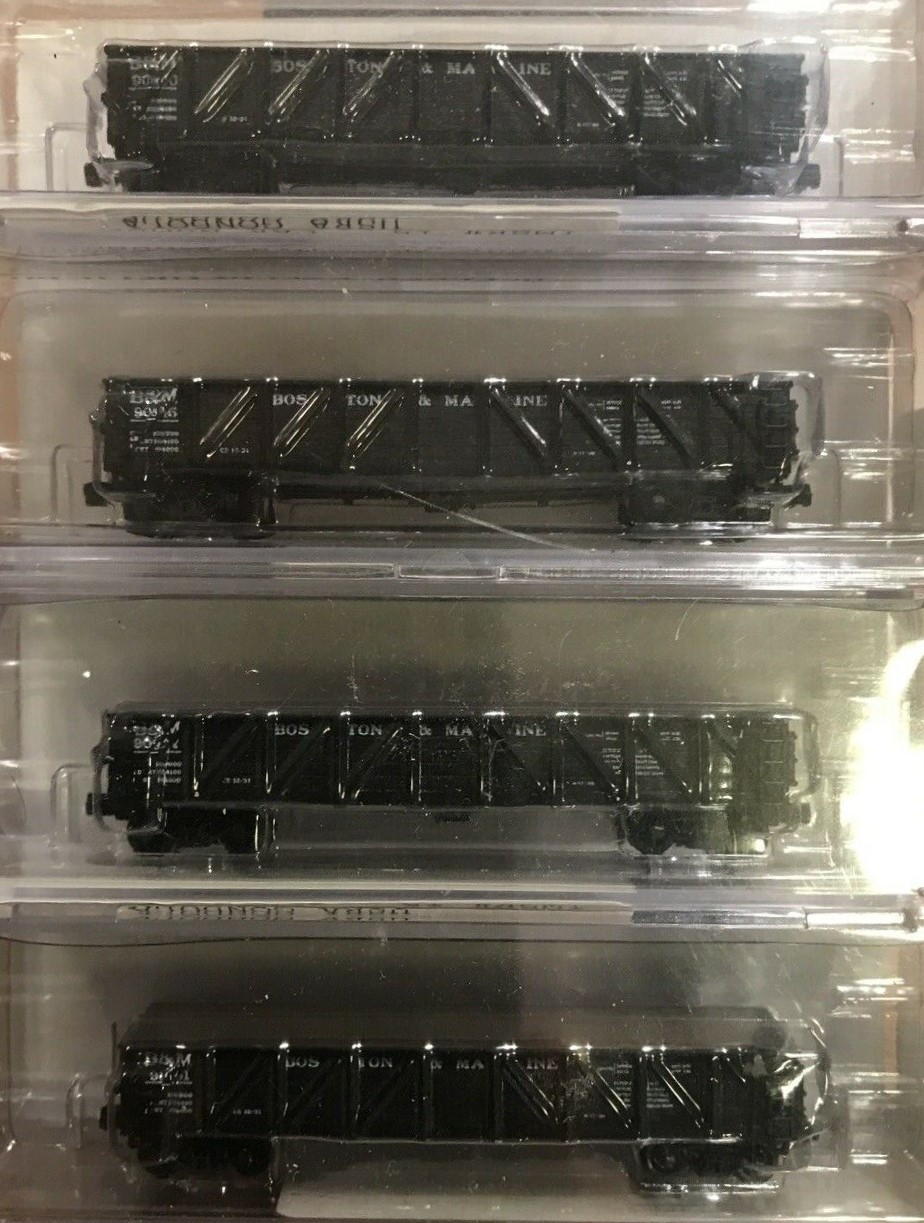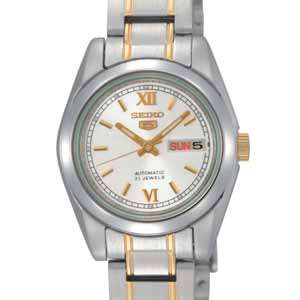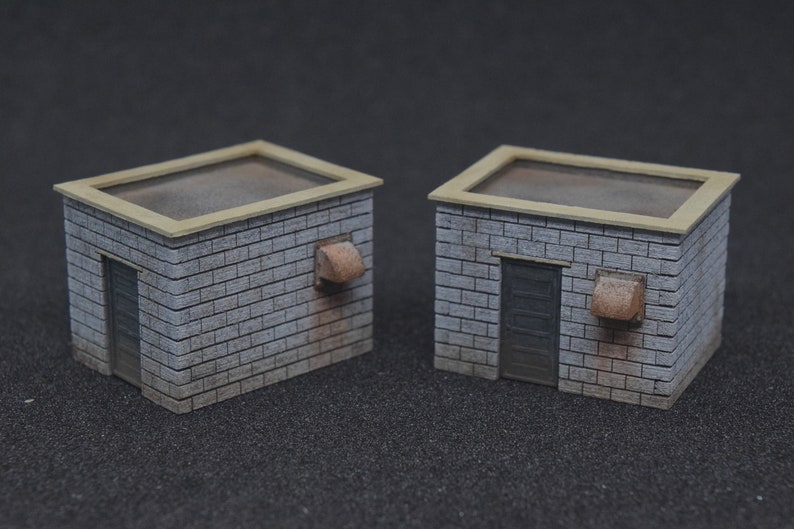Specific Item Information: This is a city corner building from the Eighties to represent modern streets lined with residential buildings. The prototype stands in Stuttgart on the Olgaeck. This kit consists of laser-cut, colored architectural hard cardstock. It has the finest laser-engraved details. Extensive instructions for building the kit are included. Reproduction of city buildings in a large city. Dimensions approximately 109 x 109 x 136 mm / 4-5/16" x 4-5/16" x 5-3/8".
Road Name History:  Commercial structures are any buildings or other man-made structures whose principal purpose is trade. These can be high-rise officer towers, gas stations or fruit stands. Any structure where end-user customers come to buy things from sellers of that product or service are consider commercial structures.
Commercial structures are any buildings or other man-made structures whose principal purpose is trade. These can be high-rise officer towers, gas stations or fruit stands. Any structure where end-user customers come to buy things from sellers of that product or service are consider commercial structures.
This group will therefore include quite large as well as quite small buildings. Models of these buildings might be kits or pre-assembled. They might be painted or undecorated. They might come with a host of accessories and figures or they might be fairly Spartan.

This group will therefore include quite large as well as quite small buildings. Models of these buildings might be kits or pre-assembled. They might be painted or undecorated. They might come with a host of accessories and figures or they might be fairly Spartan.
Brand/Importer Information: Trix is a German company that originally made Trix metal construction sets. one of its co-founders was Stephan Bing, the son of the pioneer toy-maker industrialist Ignaz Bing. In 1935 the company began producing the electrically powered model trains that it became famous for, under the Trix Express label. Prior to the outbreak of World War II the Trix company produced a small range of fairly unrealistic AC powered three rail models running at 14 volts.
N gauge models under the Minitrix brand were made from the late 1960s mostly of European prototypes (German and British primarily). North American prototypes were also manufactured and marketed under the Aurora "Postage Stamp" brand; later these items were sold under the American Tortoise, Model Power and Con-Cor brands. Trix sometimes utilized North American consultants to aid in the design of this portion of the product line. The "Hornby Minitrix' brand was used in the 1980s for a short lived range of British outline models using the earlier product tooling.
Trix's owner in the 1980s and 1990s was Mangold, which went bankrupt in the late 1990s and Märklin purchased the assets in January 1997. In part, this purchase was a reflection of Märklin's need for added production capacity; Trix had been manufacturing certain items for Märklin in previous years. The purchase was also in response to the earlier purchase of the Karl Arnold company by the Italian company Rivarossi; Märklin were very keen to take over Trix market share in 2-rail H0 and especially Minitrix, until then Märklin had not marketed N gauge models. In 2003, Märklin introduced its first N gauge models under the well established Minitrix brand. A number Märklin H0 scale three-rail AC locomotives have also been introduced in two-rail DC versions under the Trix logo and many models are shared between the two brands.
From Wikipedia
N gauge models under the Minitrix brand were made from the late 1960s mostly of European prototypes (German and British primarily). North American prototypes were also manufactured and marketed under the Aurora "Postage Stamp" brand; later these items were sold under the American Tortoise, Model Power and Con-Cor brands. Trix sometimes utilized North American consultants to aid in the design of this portion of the product line. The "Hornby Minitrix' brand was used in the 1980s for a short lived range of British outline models using the earlier product tooling.
Trix's owner in the 1980s and 1990s was Mangold, which went bankrupt in the late 1990s and Märklin purchased the assets in January 1997. In part, this purchase was a reflection of Märklin's need for added production capacity; Trix had been manufacturing certain items for Märklin in previous years. The purchase was also in response to the earlier purchase of the Karl Arnold company by the Italian company Rivarossi; Märklin were very keen to take over Trix market share in 2-rail H0 and especially Minitrix, until then Märklin had not marketed N gauge models. In 2003, Märklin introduced its first N gauge models under the well established Minitrix brand. A number Märklin H0 scale three-rail AC locomotives have also been introduced in two-rail DC versions under the Trix logo and many models are shared between the two brands.
From Wikipedia
Item created by: CNW400 on 2022-09-07 13:49:18. Last edited by CNW400 on 2022-09-07 13:49:19
If you see errors or missing data in this entry, please feel free to log in and edit it. Anyone with a Gmail account can log in instantly.
If you see errors or missing data in this entry, please feel free to log in and edit it. Anyone with a Gmail account can log in instantly.


